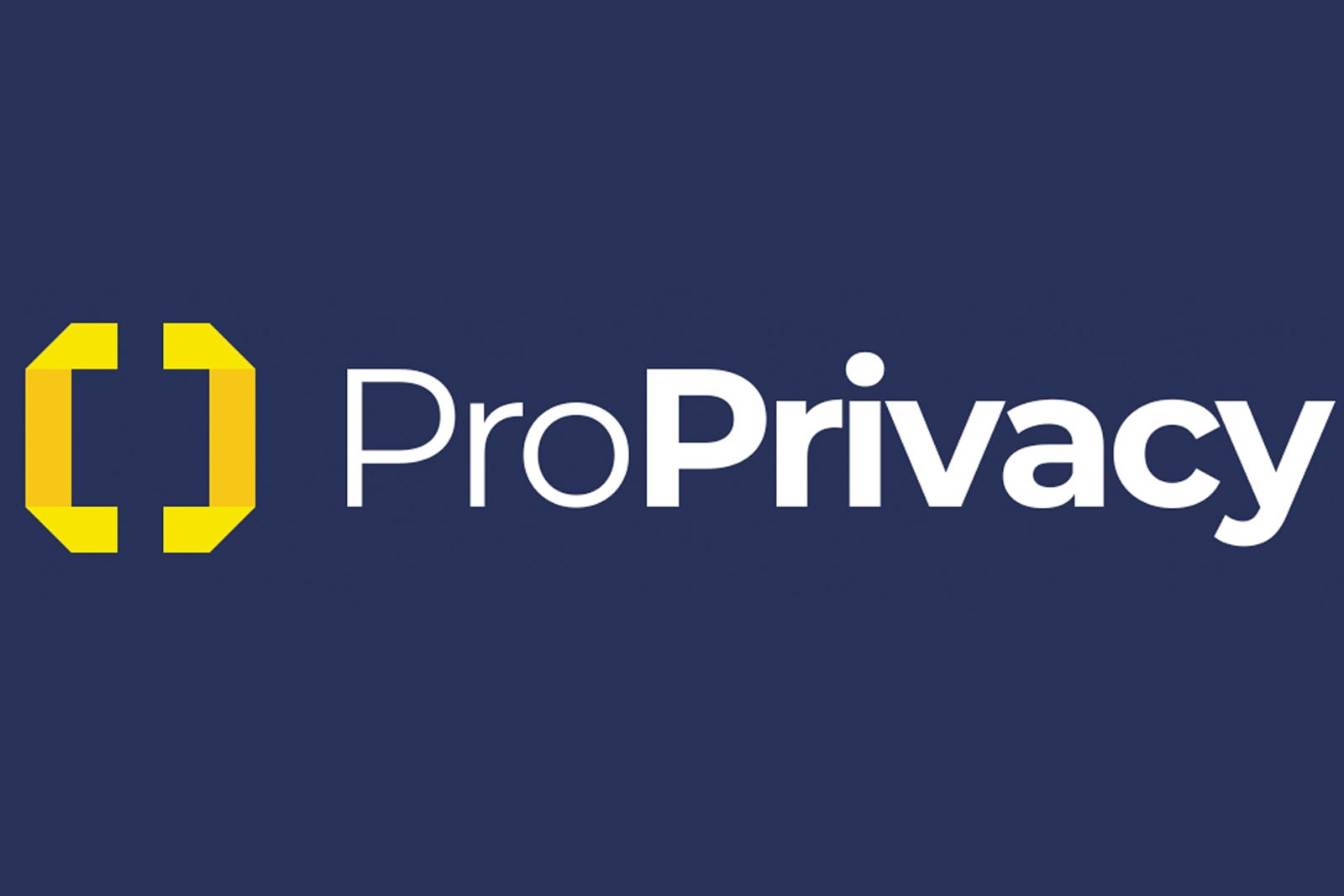Privacy and staying safe online is more important than ever. A University of Maryland study found that a cyber attack occurs every 39 seconds.
In an increasingly connected world, with Internet of Things gadgets and smart speakers making their way into the home, internet security is fast becoming a larger part of everyday life.
Fortunately, there are steps users can take to keep their data safe and keep hackers away from private information. Here are five of the biggest threats users will need to look out for in 2019.
1. Bad Password Practices
It may seem like a simple piece of advice, but using strong passwords is just as important as ever.
SailPoint found that a shocking 55 percent of IT decision makers reuse the same password twice. ProPrivacy’s strong password checker can help you understand whether your password is susceptible to attacks, with a “show me why” that explains what makes a hard-to-crack password.
ProPrivacy also recommends using a password manager to keep all these unique and secure phrases somewhere safe. Eliminate the need to use the same phrase everywhere by using a centralised hub.
2. Phishing Attacks
Phishing, or gaining information by tricking a user, is on the rise. PhishMe found that these attacks grew 65 percent in 2017. Phishing attacks, ProPrivacy notes, can be used to harvest information like credit card numbers by pretending to look like a respectable website. Protect your information online by checking the current website before inputting information.
Avoid following links from emails and other messages. Instead, visit the target website by typing the address yourself into your browser. Don’t give out personal information unless you are absolutely sure you can verify the recipient’s identity and they are trustworthy.
3. Unsecured Web Browsing
Personal information should only be given to trustworthy individuals, but users should also be cautious about whether their information is secured. Research from Scott Helme found in August 2018 that more than half of the world’s biggest websites now use HTTPS encryption, which helps keep prying eyes away. ProPrivacy’s guide to encryption can help further secure your Android device.
This includes enabling lockdown mode, using third-party encryption apps and encrypting SD cards. ProPrivacy also suggests using a VPN service, which can help keep your browsing habits away from your internet provider and other third parties.
4. Malware
Trojan horses, ransomware, and other forms of malware can wreak havoc with your data. Sometimes these attacks can occur without you even knowing. A ProPrivacy study found that the TV show Game of Thrones carries the highest risk of containing malware.
Fortunately, there are ways to protect against viruses and other unwanted programs. Using an antivirus tool like Malwarebytes and Bitdefender can help you identify if you are at risk. To prevent infections in the first place, exercise caution when downloading files from sources you cannot trust.
5. Internet of Things
The connected smart home has brought an array of Internet of Things-connected devices into people’s lives, but some of these may be susceptible to privacy attacks. ProPrivacy notes some of the most exciting developments in this area include the Spinn coffee maker and Foodini food printer.
However, just 14 percent of people feel they know about Internet of Things device security.
Make sure you protect your internet router by giving your Wifi password a strong name. Check your devices, and consider turning off extra remote access features that you don’t need.
If they require a password for access, make sure it’s something secure. Don’t grant access to devices that you otherwise don’t trust. Following these rules can help prevent an attack before it occurs.

